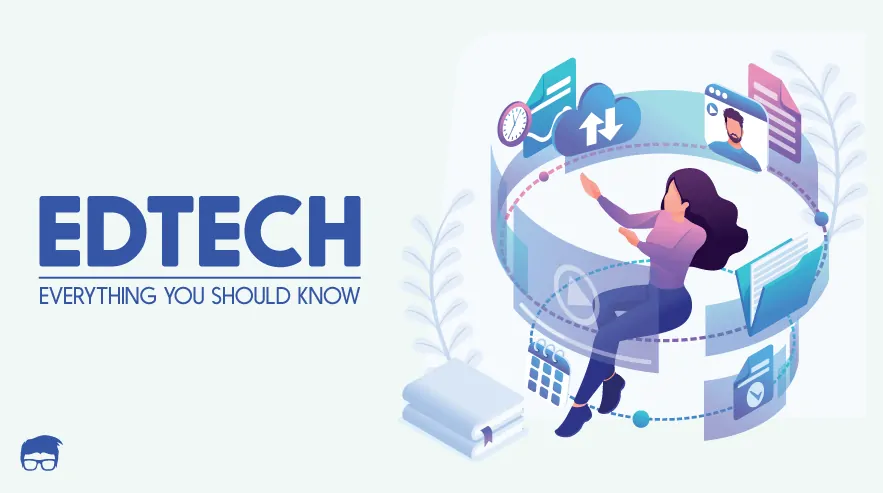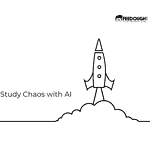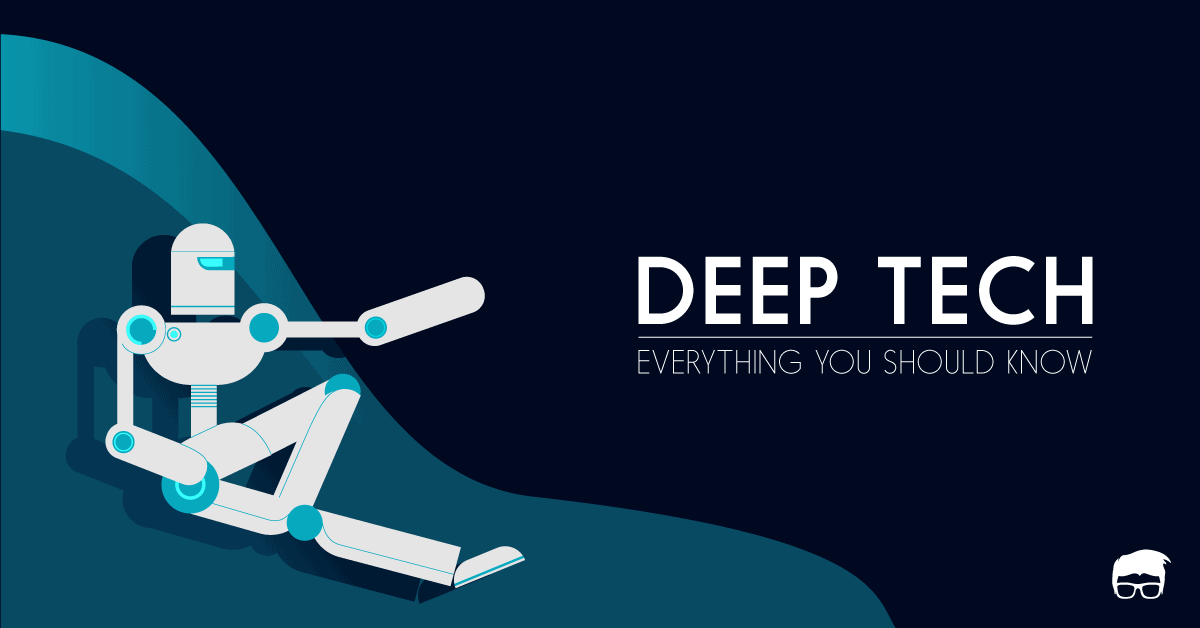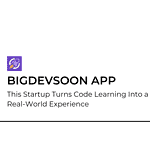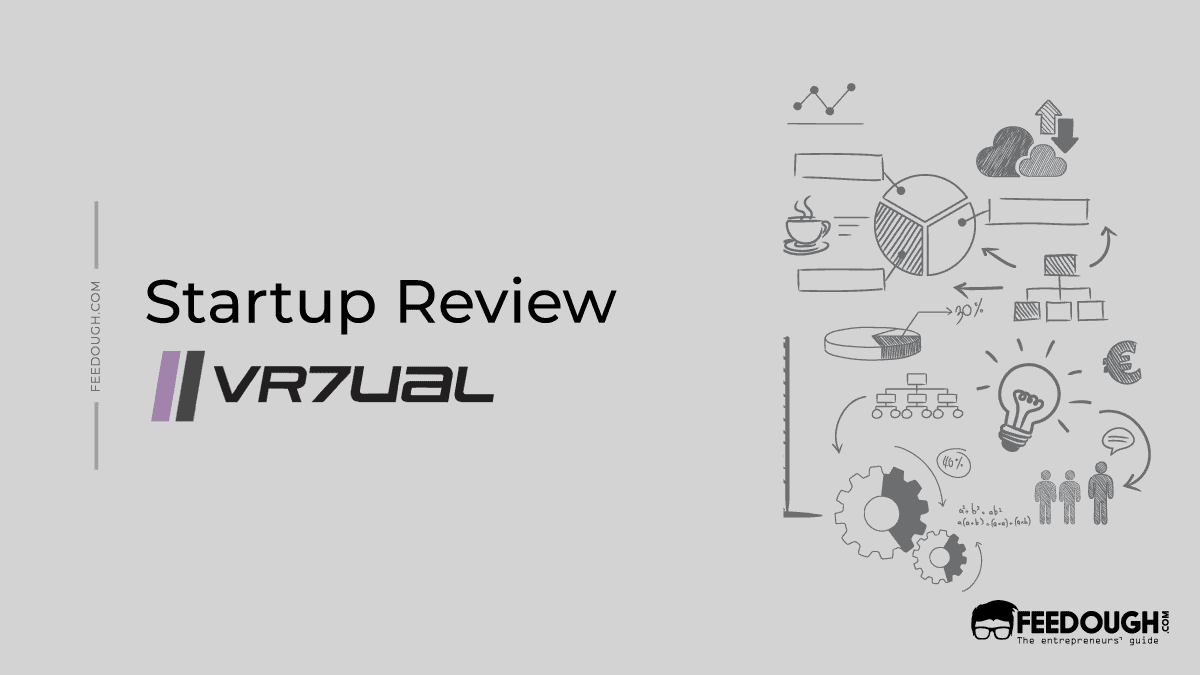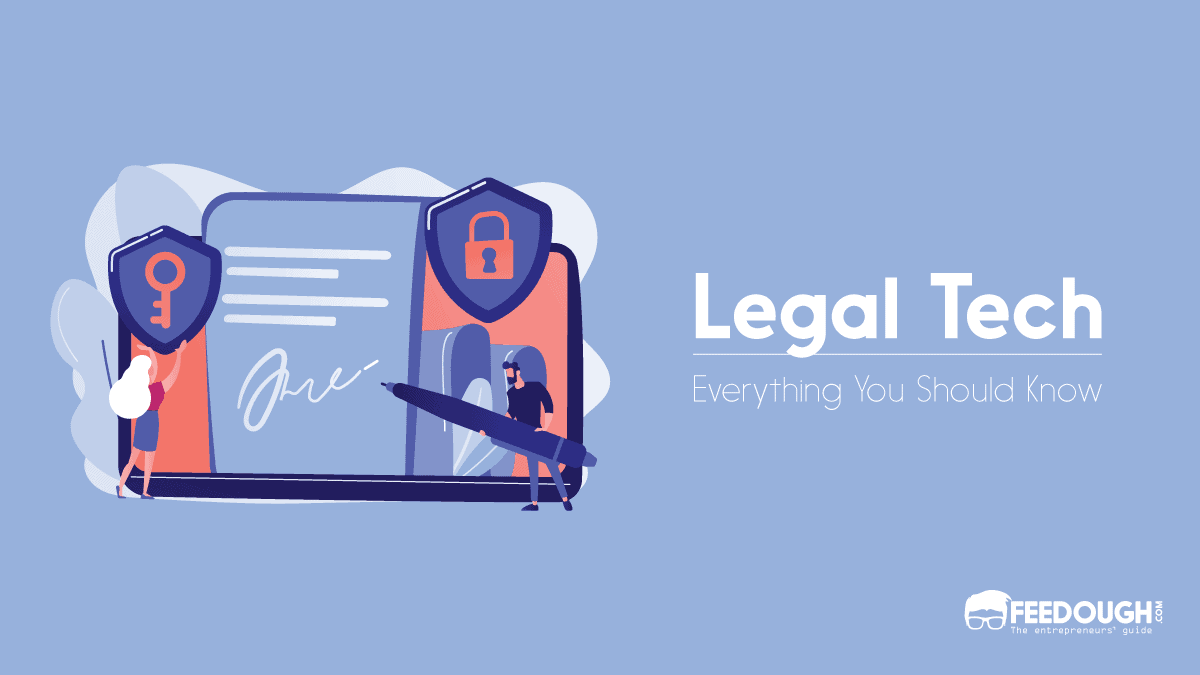The education system was built at a time when the computational power of the world combined to form today’s calculator. It doesn’t make sense to use the same methods of learning and teaching as they did decades ago.
The advancements in technology – mainly information technology and the internet mean we have yet another change to make the educational system come up to speed with today’s standards.
Enter edTtech.
What is EdTech?
EdTech or educational technology refers to the use of both – hardware and software technology – to complement the learning and teaching process.
EdTech is a vast field that covers all fields of education and the studies that come under it.
There are a lot of that can be changed in the educational field – this is one field with a lot of challenges that can be solved with the use of technology in the right way.
So –
What are the challenges that the educational industry faces as of this day?
Educational Challenges
Monitoring, Involving & Interacting
The amount of monitoring the progress of the students is quite hard, especially when done manually. It is a daunting task that tends to stress out the teachers. This makes the educators less involved and less passionate since they are focussed on monitoring rather than planning the best course of imparting knowledge.
It also does not include the student’s parents in the loop. Parents have no means of knowing the exact details of what their children are being taught most of the time. Parental involvement and the number of times they get to interact with their wards and teachers at the institution is minimum and rare.
Expensive Education
This is a major problem all over the world – the number of students with student loans itself paints a bleak picture of the current scenario. The cost of education has increased drastically and this tends to have a negative impact on the students the most.
Nature of Learning
The use of physical media such as books and notes hinders the ability to have access to them whenever required. This makes learning more of a chore that reduces the involvement of the students.
Teacher Training
Teachers need to be trained on a regular basis – they are the most important player in the whole system. But teachers generally get trained the time they join and only after years do they undergo another major training session. If at all they do get trained frequently, the process is too cumbersome and monotonous for the teachers which tend to discourage their intuitiveness.
Lack of Educational Standards & Universal Accessibility
The education standards vary drastically across the world. Remote regions of the world have a significantly different standard than the ones followed in say, the cities. This is due to the inability of information and views to be easily passed on to the remote parts of the world even though global connectivity exists.
Wastage of Resources
Wastage here equates to the amount of environmental impact that printing or books and manufacturing of stationary causes. This may seem trivial or insignificant for many with many institutions having embraced technology to augment the learning process. But there are still places all around the world that still rely majorly on physical supplies. This just adds to the already increasing waste and pollution levels.
Absence of uniform content
Since the standards vary drastically in different institutions and regions, there is no uniformity in terms of the educational content and syllabus to be used. Another aspect that troubles the educators is the concept of responsive content. Uniform and responsive content not only increases the interest and participation of students but also helps remove the overheads in terms of exclusive content that is only available to certain institutions.
Student Health & Bullying
The pressure of the current curriculum is well known for many cases of mental illness.
- 40% are afraid to ask for help
- 80% said they feel overwhelmed by their responsibilities
This brings us to bullying – it is not a new problem. Bullying has a great impact on the learning of many students. With the increasing penetration of technology, cyberbullying has risen to become a major issue for schools.
Which brings us to –
What are the use cases of EdTech? How do tackle the mentioned challenges?
EdTech Use Case
In the age of global connectedness and the use of computers and the internet to improve most fields, the educational field is one of the main few which stands to gain with the use of technology. So, why not use the technology – which is already used to empower most mundane of fields – to also empower the educational industry.
Enhanced Educational Experience
With the help of technology, we can create e-learning methods that help greatly promote the studying experience. Technology powered e-learning helps assist students to experience the content and lessons in a much better and more optimized way.
E-Learning not only augments learners but helps encourage just about anybody to take up learning due to its availability and ease of access. This will not only strengthen the individual and the economy as a whole.
Technology powered education helps increase the interactivity and bring in a lot of elements that wouldn’t be possible traditionally –
- Video lectures
- Reading Material
- Integrated Activities
Massive Online Open Courses (MOOCs)
MOOCs allow students to access courses from colleges that make it available from across the world. Students also get to benefit from the range of courses that might otherwise not have been accessible to them. This helps bring high-quality education to everyone and mostly for quite less.
e-Learning analytics
e-Learning helps collect a lot of data on the activity of the students. This helps in developing a detailed insight to assess the student’s performance. This helps teachers make calculated and individually-tailored plans for each of their students. It also makes sharing the student’s performance with their parents much easier.
Educators can improve instructor effectiveness, learner retention, and ROI of their online teaching activities with diligent use of data sets to develop behaviour-model algorithms.
This can be done via the mixed-use of –
Artificial Intelligence (AI) – Helps gauge the performance and provides necessary steps that can be implemented in order to improve more.
Big data – Helps identify performance and provide insights on information that can also be easily shared with parents and students.
Personalized Learning
EdTech companies help provide personalized methods of learning that are tailored to individual learners through the use of AI and big data. This helps greatly with students with the varying capability to pursue learning at their own pace. This also ensures that students get the best possible assistance.
Advanced Learning Management Systems
Learning Management Systems (LMS) help provide features like online tutoring, MOOC designing, delivering course modules on-the-go. LMS provides a more convenient method of teaching and learning.
It also includes digital classrooms which help in –
- Being able to access content worldwide
- Promoting engagement with the students
- Making the learning experience more engaging and fun.
- Personalizing it according to individual students
- Monitoring student’s progress
SCORM
SCORM stands for Sharable Content Object Reference Model and is a collection of standards for publishing, launching, and tracking e-learning.
SCORM has been widely adopted and helped become one of the main standards for creating and sharing e-learning content worldwide.
Immersive Learning
With the help of AR and VR, one can easily help simulate real-life situations or scenarios. This offers far more value than any traditional classroom setup ever could –visual learning is the most effective since it requires higher sensory focus.
Not only does it helps one take a virtual field trip, VR or AR has also helped in –
- Sparking design-based creativity
- Teach complex concepts
- Assisting as if they are present alongside
- Easier interaction
- Students and teachers from all over the world connect with one another easily
These are a few important uses cases where edTech is being used to make a difference. Let’s move onto the companies and startups that are working to bring about a change in the edTech field.
EdTech Companies/Startups
BYJU’s
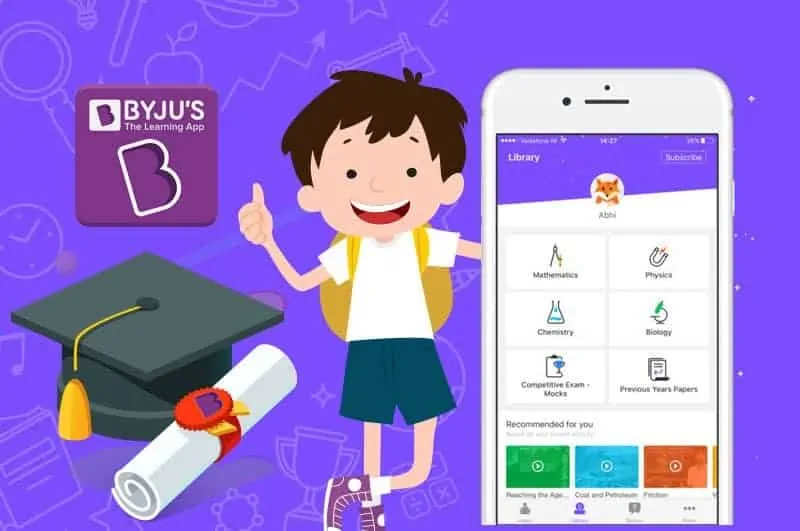
The world’s highest-valued edTech startup – currently standing around $5.7 billion – runs the Byju’s – The Learning App. It helps provide videos based on educational concepts and courses.
TORSH
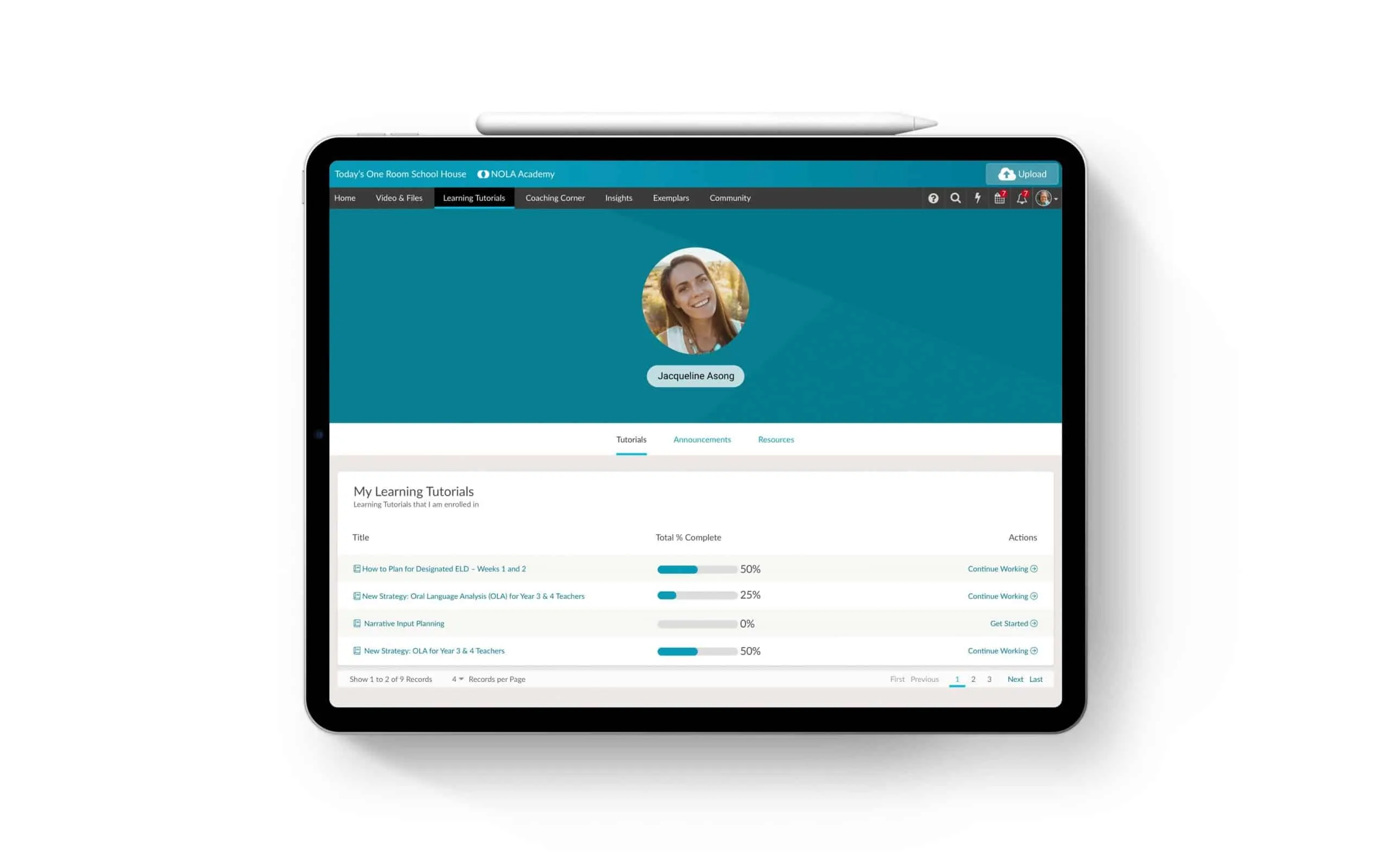
A company that helps provide and improve teacher’s training with the use of online data platform tools and videos. These are used to improve the coaching and observation skills of the teachers.
Blackboard
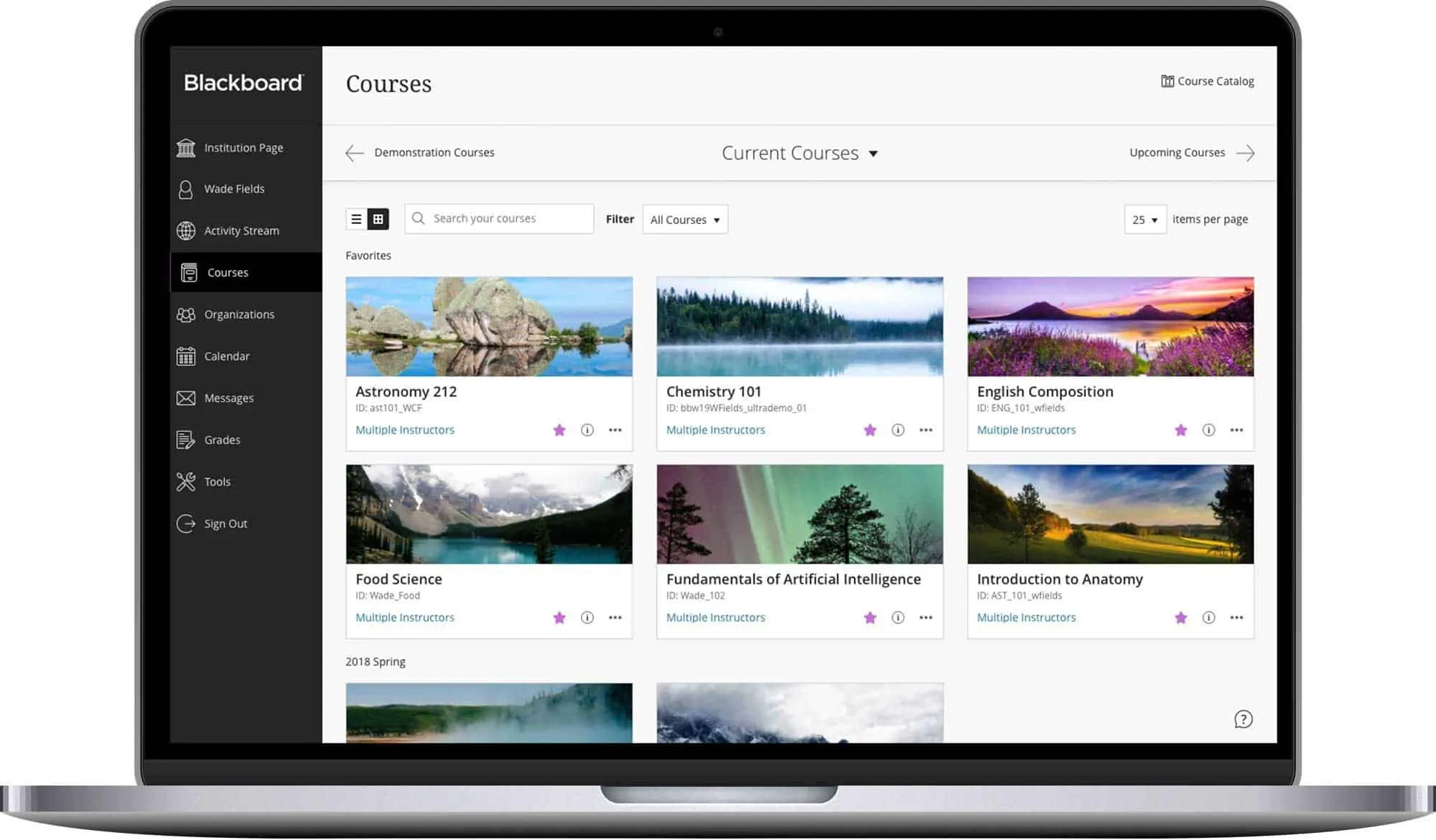
Blackboard is a company that helps provide online tools to teachers that help them connect with their students on a more individual level. They are presented with insights on their performances along with their strengths and weaknesses.
Code Club
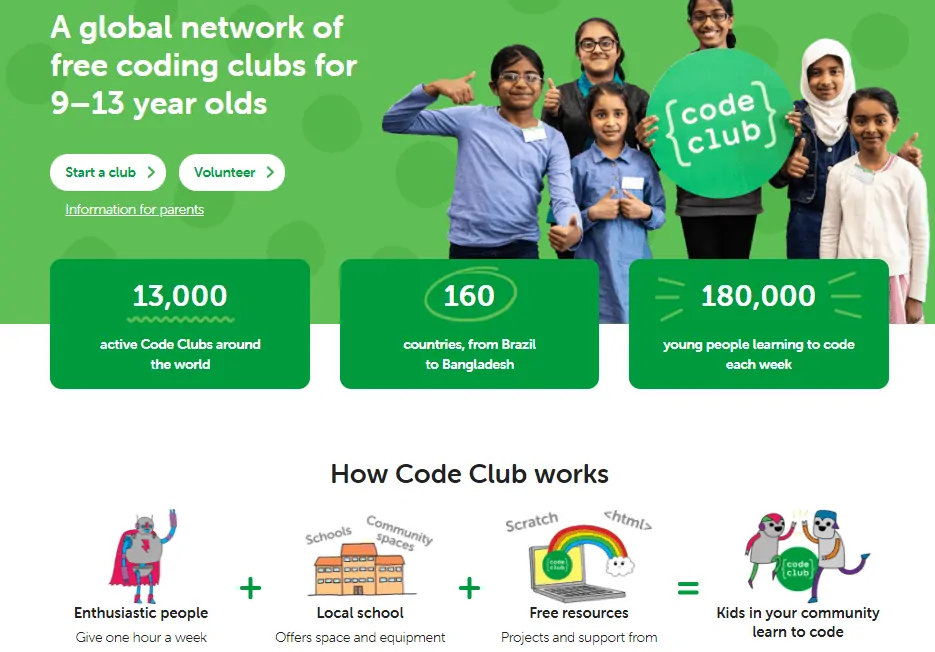
An NGO organization that helps teach basic coding to students aged 9 to 11 over a period of 4 terms for free.
Piazza
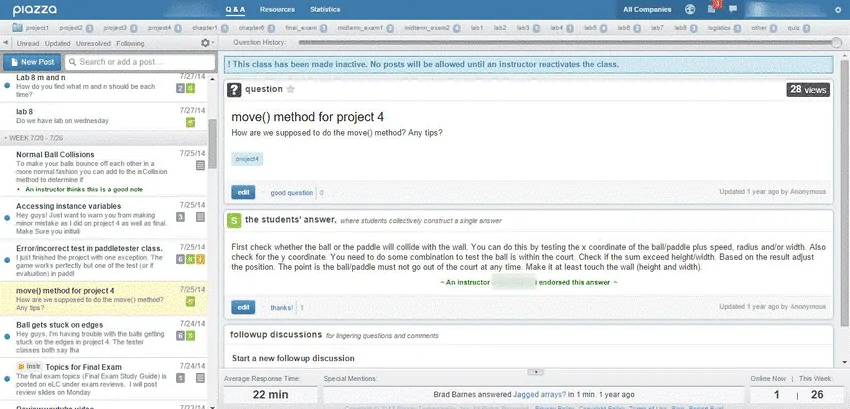
It helps provide an online study room for students with the ability to connect with a teacher or student to ask questions anonymously.
Future of EdTech
EdTech is a rapidly advancing field and does not look to be slowing down. Having access to the internet alone opens up a lot of avenues of learning. You can get world-class lectures for the fraction of the cost all thanks to the innovations made by the edTech companies.
AI and Machine Learning will prove to be game-changers and will help make education and learning only better. These two will be the driving factors of edTech since they help automate and provide personalized information on a scale that was not possible before.
Education will always remain since it drives the world as we know it today.
Go On, Tell Us What You Think!
Did we miss something? Come on! Tell us what you think about our article on Educational Technology in the comments section.

Started out to become a developer but felt at home in the home of startups. The journey started from a single novel. Been an entrepreneur since schooling days. Interested in coding, reading and movies.
